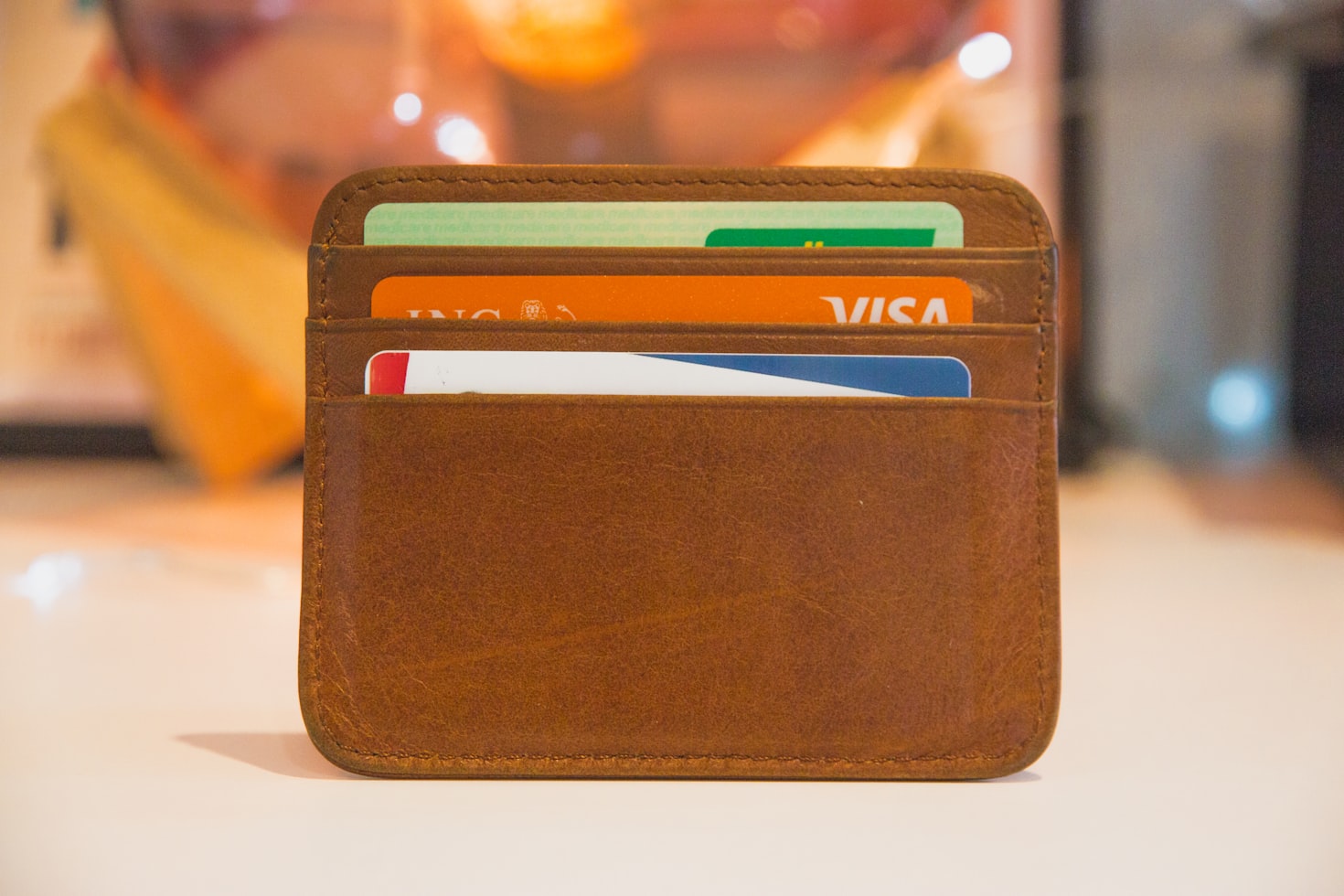How To Record Credit Card Payments In Quickbooks Desktop
Managing credit card payments is an essential part of running a business. QuickBooks Desktop, a popular accounting software, offers a seamless way to record credit card payments and keep track of your financial transactions. In this article, we will guide you through the process of recording credit card payments in QuickBooks Desktop, providing valuable insights and tips along the way.
1. Set Up Credit Card Accounts
The first step in recording credit card payments in QuickBooks Desktop is to set up credit card accounts. To do this, follow these steps:
- Open QuickBooks Desktop and go to the “Lists” menu.
- Select “Chart of Accounts.”
- Click on the “Account” drop-down menu and choose “New.”
- Choose “Credit Card” as the account type and click “Continue.”
- Enter the necessary information, such as the credit card name, account number, and opening balance.
- Click “Save and Close” to create the credit card account.
2. Record Credit Card Charges
Once you have set up your credit card accounts, you can start recording credit card charges. Follow these steps:
- Go to the “Banking” menu and select “Enter Credit Card Charges.”
- Choose the appropriate credit card account from the drop-down menu.
- Enter the vendor name, date, and amount of the charge.
- Select the expense account that corresponds to the charge.
- Click “Save and Close” to record the credit card charge.
By recording credit card charges in QuickBooks Desktop, you can easily track your expenses and ensure accurate financial reporting.
3. Make Credit Card Payments
Recording credit card payments is crucial for maintaining accurate financial records. Here’s how you can record credit card payments in QuickBooks Desktop:
- Go to the “Banking” menu and select “Make Credit Card Payment.”
- Choose the appropriate credit card account from the drop-down menu.
- Enter the payment date and amount.
- Select the account you will use to pay the credit card bill.
- Click “Save and Close” to record the credit card payment.
Recording credit card payments allows you to reconcile your credit card statements and ensure that your financial records are up to date.
4. Reconcile Credit Card Statements
Reconciling your credit card statements is an essential part of maintaining accurate financial records. QuickBooks Desktop provides a straightforward process for reconciling credit card statements:
- Go to the “Banking” menu and select “Reconcile.”
- Choose the appropriate credit card account from the drop-down menu.
- Enter the statement date and ending balance from your credit card statement.
- Match the transactions in QuickBooks Desktop with the transactions on your credit card statement.
- Click “Reconcile Now” to reconcile your credit card statement.
Reconciling your credit card statements regularly ensures that your financial records are accurate and helps identify any discrepancies or errors.
5. Track Credit Card Rewards
If your credit card offers rewards or cashback programs, it’s important to track and record these benefits in QuickBooks Desktop. Here’s how:
- Create an income account for credit card rewards.
- Go to the “Lists” menu and select “Chart of Accounts.”
- Click on the “Account” drop-down menu and choose “New.”
- Choose “Income” as the account type and click “Continue.”
- Enter the necessary information, such as the account name and description.
- Click “Save and Close” to create the income account.
- Record the credit card rewards as deposits in the income account.
Tracking credit card rewards allows you to accurately assess the financial benefits of using your credit card for business expenses.
6. Generate Credit Card Reports
QuickBooks Desktop offers a variety of reports that can provide valuable insights into your credit card transactions. Here are some useful reports you can generate:
- Credit Card Transaction Detail Report: Provides a detailed overview of all credit card transactions.
- Credit Card Reconciliation Report: Summarizes the reconciliation status of your credit card accounts.
- Credit Card Summary Report: Provides a summary of credit card transactions by account.
Generating credit card reports allows you to analyze your credit card usage, identify trends, and make informed financial decisions.
Frequently Asked Questions (FAQ)
1. Can I record credit card payments without setting up credit card accounts in QuickBooks Desktop?
No, it is essential to set up credit card accounts in QuickBooks Desktop to accurately record and track credit card payments.
2. How often should I reconcile my credit card statements?
It is recommended to reconcile your credit card statements monthly to ensure accurate financial records.
3. Can I record credit card payments from multiple bank accounts?
Yes, you can choose the appropriate bank account for each credit card payment in QuickBooks Desktop.
4. How do I categorize credit card charges in QuickBooks Desktop?
You can select the appropriate expense account that corresponds to each credit card charge when recording the transaction.
5. Can I track credit card rewards from multiple credit cards?
Yes, you can create separate income accounts for each credit card’s rewards program and record the rewards accordingly.
6. Can I customize credit card reports in QuickBooks Desktop?
Yes, QuickBooks Desktop allows you to customize reports to suit your specific needs and preferences.
Summary
Recording credit card payments in QuickBooks Desktop is a straightforward process that involves setting up credit card accounts, recording charges and payments, reconciling statements, tracking rewards, and generating reports. By following these steps and utilizing the features of QuickBooks Desktop, you can effectively manage your credit card transactions, maintain accurate financial records, and make informed financial decisions for your business.
